
Sustainable living at Europe’s leading eco-center and a healthy whiff of hippydom
[caption id="CentreforAlternativeTechnology_Feature" align="aligncenter" width="1024"]

PAUL FELIX
[caption id="CentreforAlternativeTechnology_img1" align="aligncenter" width="149"]
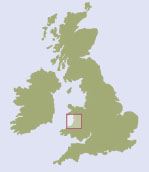
PAUL FELIX
[caption id="CentreforAlternativeTechnology_img2" align="aligncenter" width="436"]
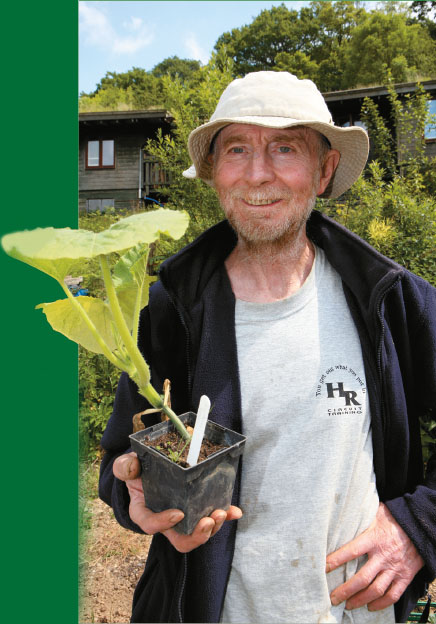
PAUL FELIX
As you sit in the carriage of the water-balanced cliff railway, rising whoosh, whoosh, through trees, past ferns, foxgloves and buttercups, you feel you’re entering another world. And in a sense, you are: a world that many predict is needed in order for planet earth to survive, at least in a condition that we’d find congenial. Welcome to the Centre for Alternative Technology (CAT) at Machynlleth.
[caption id="CentreforAlternativeTechnology_img3" align="aligncenter" width="604"]
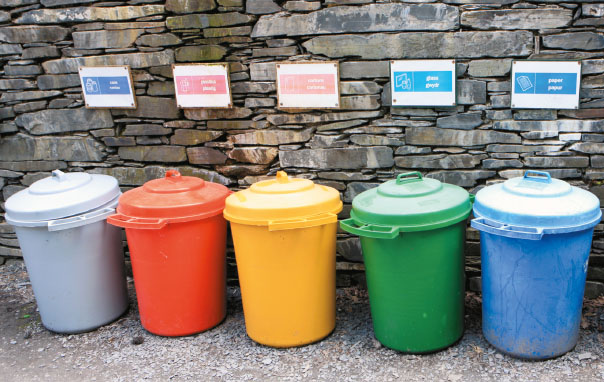
PAUL FELIX
CAT features seven acres of interactive exhibits that champion sustainable lifestyles in a practical, down-to-earth way aimed at the average person. One of Mid-Wales’ largest attractions, it draws more than 60,000 visitors a year, despite being rather off the beaten track.
The venue began life in the early 1970s as an experimental village, in what was then an uninspiring abandoned slate quarry. The moving spirit behind the venture was Old Etonian, ex-Army, businessman and maverick Gerard Morgan-Grenville. He and those who gathered around him—a disparate bunch of green-wellied toffs, hippies and self-confessed “crazy idealists”—were concerned about the destructive effects of the industrial age; they set out to test different, environmentally friendly technologies and ways of living.
Following a visit by the Duke of Edinburgh in 1974, it was decided to open parts of the 40-acre site to the public, to explain CAT’s work and generate interest in concepts of sustainability, renewable energy and recycling. More than three decades on, as “alternative” has become mainstream, CAT has transformed from an apparently wacky opt-out to Europe’s leading eco-center. You’ll still encounter a healthy whiff of hippydom, but it’s tempered by carefully researched, scientific endeavor.
So, now you’ve stepped off the eco-friendly cliff railway at the upper station. Maybe pause for the great view over the Dulas valley to Tarren-y-Gesail, the southernmost peak of the Snowdonia National Park. Then, pick up an audio tour handset and guidebook from the information center and get exploring.
[caption id="CentreforAlternativeTechnology_img4" align="aligncenter" width="373"]
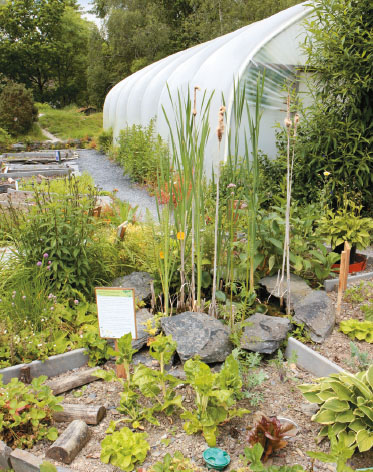
PAUL FELIX
An introductory video sets the bigger picture: Nowadays we use more resources in just one year than humankind did in the whole period from the ancient Greeks to the Industrial Revolution. Unsustainable? Certainly. Unavoidable? No. And around the site you’ll find lots of ways that ordinary people can cut their ecological footprint as part—just part—of the solution. Low-energy buildings, solar, wind- and water-powered equipment, transport displays, waste and recycling demonstrations, organic gardens, a smallholding, woodland crafts—they’re all here, scattered like pieces in a jigsaw puzzle amid trees, paths and water.
Something will touch your lifestyle and give you food for thought. How about the Whole Home? Built as an experimental prototype in 1976, it is still the best-insulated house in Britain, thanks to features like quadruple glazing and 450mm of rockwool insulation in roof, floors and walls. A video offering tips on reducing energy consumption could do with an overhaul—the tone is a tad simplistic and condescending, reminiscent of 1950s public information films that today we chuckle over—but the core messages remain true.
Elsewhere a timber-frame self-build display and straw bale theater highlight the eco-merits of different construction materials. Gardening is brought into focus as well—using wild flowers to control pests rather than harmful chemicals, for example. CAT contributes seed from some of its vegetables to the Heritage Seed Library, which preserves a diversity of traditional varieties—more diversity, more choice in a changing climate. Unsurprisingly, given the Brits’ love of gardening, CAT’s composting exhibits are among the most popular features. There’s even a sunken, thick-walled, turf-roofed building where fruit and veg are stored—no need for refrigeration.
[caption id="CentreforAlternativeTechnology_img5" align="aligncenter" width="371"]

PAUL FELIX
Visiting
Centre for Alternative Technology, Machynlleth, Powys, www.cat.org.uk Location: three miles north of Machynlleth station, off the A487. (There are price reductions on entry for those who arrive “by person-powered or public transport.”)
[caption id="CentreforAlternativeTechnology_img6" align="aligncenter" width="323"]
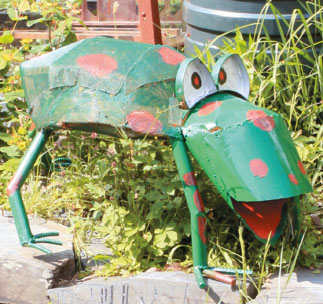
PAUL FELIX
[caption id="CentreforAlternativeTechnology_img7" align="aligncenter" width="371"]
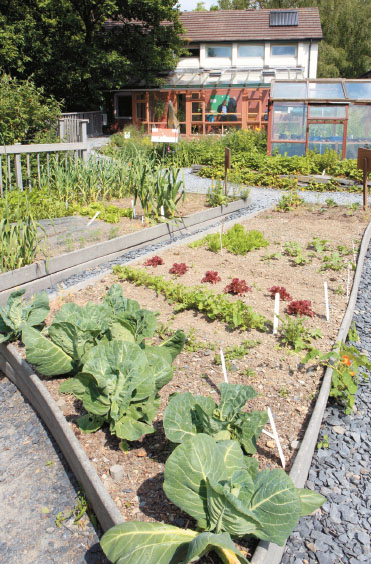
PAUL FELIX
[caption id="CentreforAlternativeTechnology_img8" align="aligncenter" width="366"]
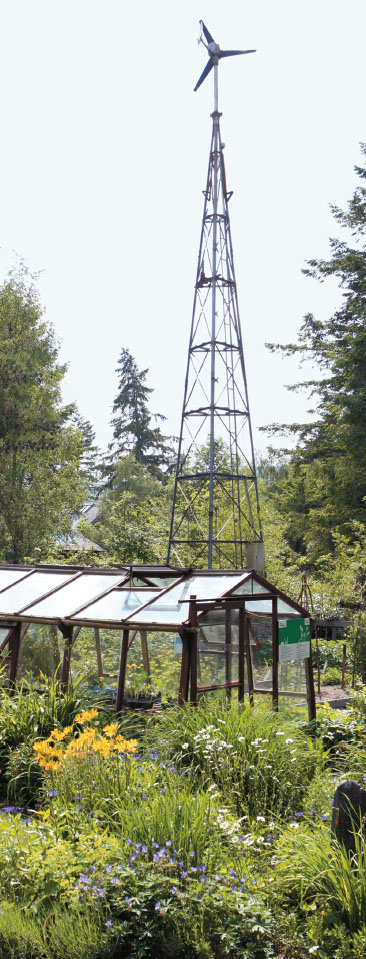
PAUL FELIX
Sustainability, renewable energy and recycling are the watchwords of CAT, which in three decades has transformed itself from a project of “crazy idealists” into an important eco-center. Counterculture becomes mainstream.[/caption]
[caption id="CentreforAlternativeTechnology_img9" align="aligncenter" width="631"]

PAUL FELIX
An eclectic mix of high tech, low tech and no tech exhibits at CAT highlights the many strategies that can be employed to further the cause of environmental sustainability.[/caption]
[caption id="CentreforAlternativeTechnology_img10" align="aligncenter" width="772"]
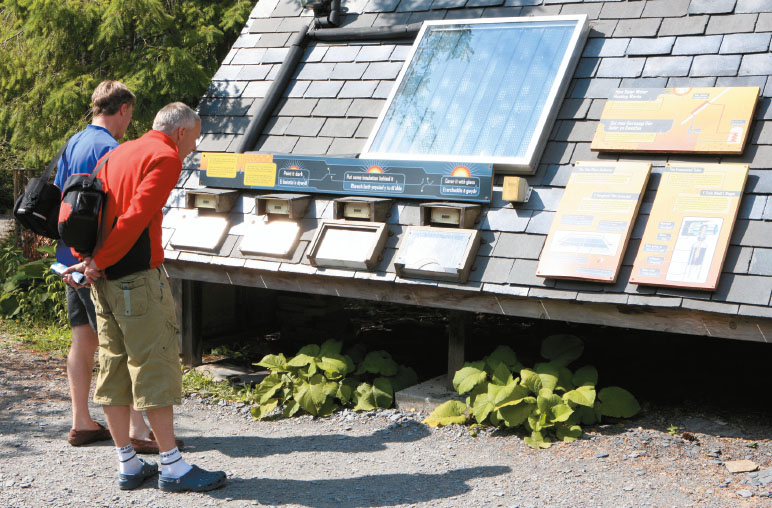
PAUL FELIX
Many of the exhibits have a homespun quality—well, they’re aimed at home use, after all. Others gear up to another level: wind turbines (Britain has the best wind supply in Europe) tackle the question of whether wind farms are a viable, acceptable small- and large-scale energy provider. And the debate gets truly elemental with solar panels, photovoltaics and a wave machine—Britain’s coastline offers superb potential for harnessing waterpower. Of course, CAT generates its own electricity, mainly from renewable sources, and also exports electricity to the National Grid.
Kids love the many interactives aimed at their level of understanding: a mole-hole to venture down and investigate soil, a wind-powered chair, handles to turn to generate energy—surprisingly hard work, maybe it’s better to use less in the first place!
Do take the opportunity to chat with CAT’s staff and residents—a small number still live on site—who can tell you about the latest experiments and projects. I bumped into head gardener Roger McLennan, who came to CAT in 1978 and has helped transform this slate quarry, bereft of natural soil, into productive terrain. He consults his Moon Calendar for the best times to plant the organic vegetable field and goes to work with a traditional Norfolk long hoe.
Media officer Alex Randall was also on hand to tell me all about the behind-the-scenes research, courses and consultancy the Centre offers, plus its Graduate School of the Environment. In summer 2009 CAT organised the Convergence on Zero conference in Washington D.C. as part of the 43rd Smithsonian Folklife Festival, taking “the message that a zero carbon society is possible and absolutely necessary to America,” as Randall said. It’s a piquant reflection that before Gerard Morgan-Grenville set up CAT, he travelled in the United States studying groups who had opted out of mainstream life and were attempting (not very successfully) some of the alternative technologies that CAT would go on to demonstrate. Sadly, Morgan-Grenville was not around for the Convergence on Zero trip; he died earlier in the year.
This autumn, CAT takes a leap forward with the opening of the £6 million-plus Wales Institute for Sustainable Education (WISE). Built using materials like hemp, lime and rammed earth, it embodies sustainable construction techniques and environmentally conscious design: a remarkable addition of conference and training facilities.
You can easily spend many hours at CAT. The restaurant serves vegetarian wholefood meals, and the shop is packed full of publications that will help you put ideas that have interested you into practice. You may not want to make a turf roof or embark on haybox cookery, but perhaps eco tourism, home energy savings or solar power may stimulate second thoughts. CAT is a curious blend of hi-tech, low-key, eccentric and newly mainstream; some exhibits you’ll love, some you’ll pass on by. And its very story, from isolated, idealism-fuelled, experimental village to an eco-center that welcomes visitors, continues to evolve.
[caption id="CentreforAlternativeTechnology_img11" align="aligncenter" width="356"]
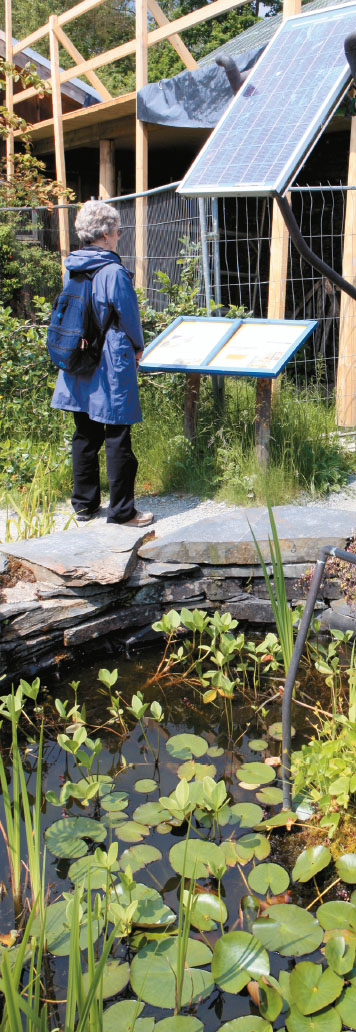
PAUL FELIX





Comments